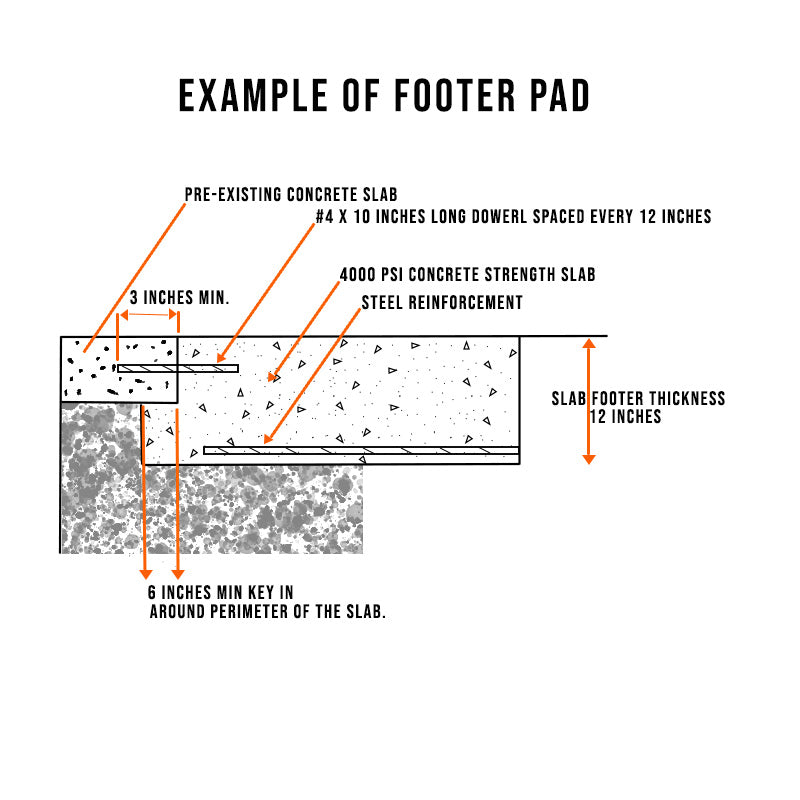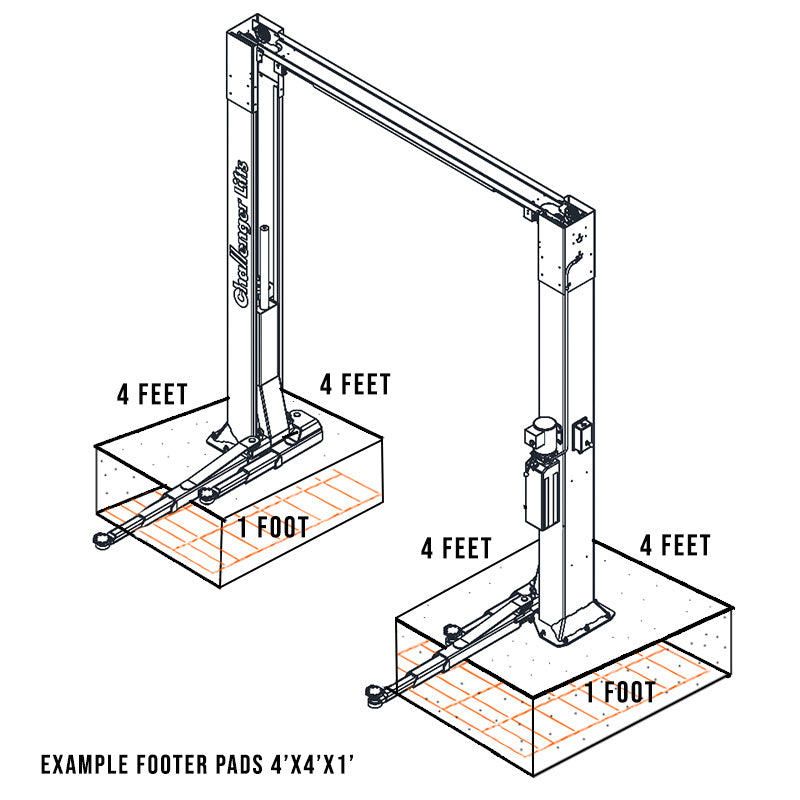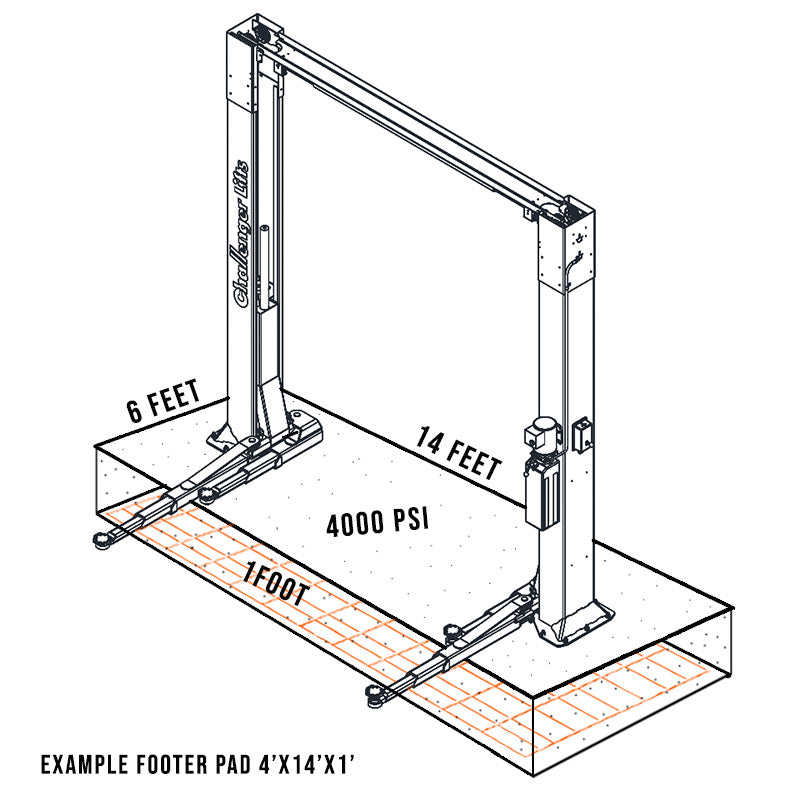8. Never drill or cut into a Post-Tension Concrete Foundation! Cutting a Post-Tensioned Cable can result in severe injury or death. Post-Tensioned Foundations are compressed by high-strength steel tendons after the concrete has cured. Pressures on the steel tendons can be quite high. A qualified technician is required to identify cable locations prior to cutting or drilling. Post-Tension Slabs in many homes are indicated by a warning stamped into
the concrete, often found near the garage door. Older structures may have a plastic or paper sign fastened to the wall. If there are no signs indicating a Post-Tension Slab, undertake a careful examination of the exterior of the slab looking for small circular patching areas about 1.5 in. to 3 in. in diameter, typically 2 to 4-feet apart. These patches indicate the ends of the Post-Tension Cables. Another source of information is your local department of Building and Safety. Building and Safety may retrieve the structure plans to determine if the building has a Post-
Tensioned Slab.
9. Never install a Lift on damaged or defective concrete.
10. The maximum allowable slope of the pre-existing concrete is 3-degrees.
11. Never install a Lift on hand-mixed concrete.
12. Do not install a Lift on a secondary floor level or on any ground floor with a basement beneath, without written authorization from the building Architect
It's important to consult with a structural engineer or contractor experienced in car lift installations to determine the specific requirements for your situation and location. Additionally, always check local building codes and regulations to ensure compliance.
Failure by purchaser to provide the recommended mounting surface could
result in unsatisfactory lift performance, property damage, or personal injury.




